Blood pressure
Routine HealthCare Examination: Blood pressure measurement
The risk of cats developing hypertension increases with age. From the Mature life stage (7 years +), annual routine blood pressure monitoring is recommended, and the frequency of blood pressure monitoring should increase as cats get older to at least twice yearly in Super Senior cats.
The adverse effects of hypertension (on the heart, kidneys, eyes and CNS) can be severe and life-threatening, thus detecting hypertension at an early stage, before major complications have arisen, is critical. Further, detection of hypertension should prompt for evaluation of potential underlying causes including chronic kidney disease, hyperthyroidism and hyperaldosteronism.
Blood pressure should be measured in conscious cats using either Doppler equipment or high-definition oscillometry (HDO), both of which have been shown to be accurate for clinical measurement of systolic blood pressure in conscious cats (though neither can reliably measure diastolic or mean blood pressure).
Blood pressure measurement should be performed in a manner that results in minimal stress to the patient – it should be performed in a quiet room, where the cat has been able to acclimatise to the unfamiliar environment. Very gentle restraint should be used, and for some cats, having the owner present may help reduce the effects of stress on blood pressure readings.
Elevated blood pressure measurements should always be accompanied by a thorough ophthalmological examination to detect the presence of potential hypertensive ocular changes.
ISFM Consensus Guidelines on the Diagnosis and Management of Hypertension in Cats



